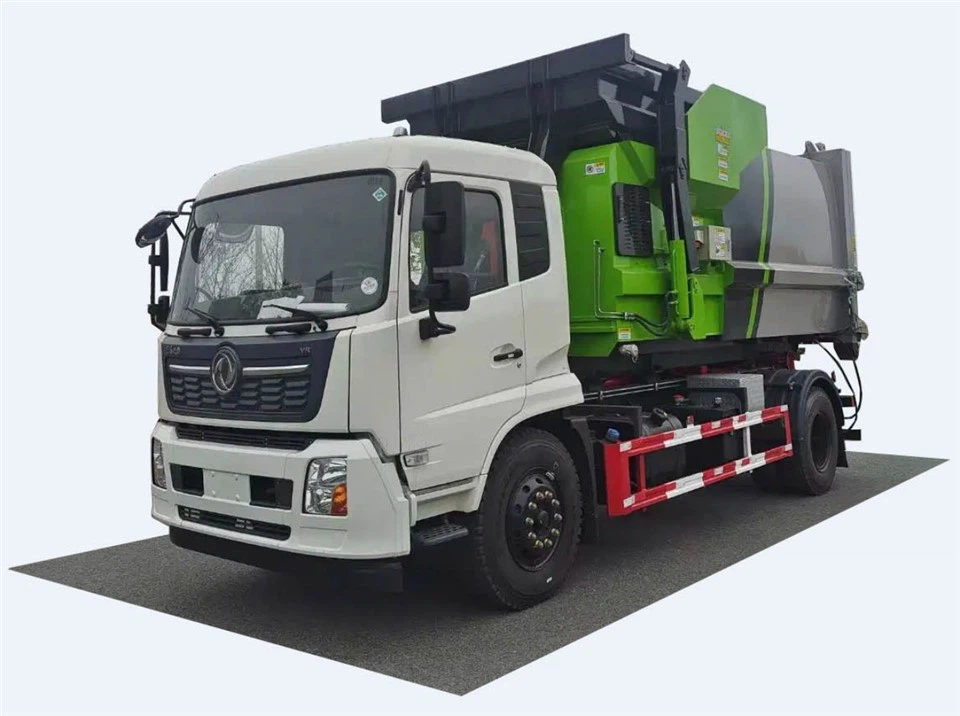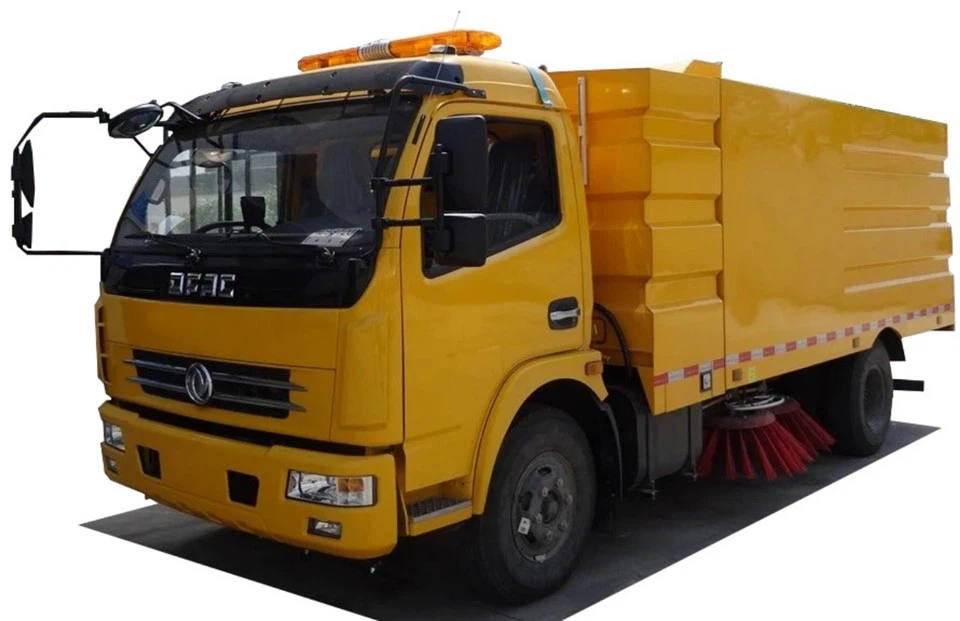Roll Off Container Sales: A Comprehensive Guide to Understanding and Buying Containers

Roll off containers are an essential part of waste management and construction services. They provide a convenient and efficient way to dispose of large volumes of materials. In this article, we will dive deep into the world of roll off container sales, exploring various aspects including types of containers, buying tips, market trends, and much more.
Table of Contents
- What Are Roll Off Containers?
- Types of Roll Off Containers
- Benefits of Using Roll Off Containers
- Factors to Consider When Purchasing Roll Off Containers
- Where to Buy Roll Off Containers
- Pricing and Financing Options
- Maintenance and Care of Roll Off Containers
- Roll Off Container Sales Trends
- Practical Examples and Tips
- FAQ Section
What Are Roll Off Containers?
Roll off containers are large, temporary containers typically used for waste disposal and storage. They are designed to be rolled off a specially equipped truck and are used in both residential and commercial applications. Commonly, these containers can hold between 10 to 40 cubic yards of materials, making them ideal for projects like home renovations, construction sites, and large cleanouts.
Types of Roll Off Containers
Standard Roll Off Containers
Standard roll off containers come in various sizes such as 10 yards, 20 yards, 30 yards, and 40 yards. They are used for general waste materials.
Specialty Roll Off Containers
Some containers are designed for specific types of materials. Examples include:
- Debris Boxes: Designed for construction debris.
- Yard Waste Containers: Used for organic waste like leaves and branches.
- Metal Containers: Made specifically for scrap metal disposal.
- Hazardous Waste Containers: Used to safely store hazardous materials.
Benefits of Using Roll Off Containers
Convenience
Roll off containers are easy to use. They can be delivered to your site, filled up at your convenience, and removed once you are finished.
Cost-Effectiveness
Using roll off containers can save money in the long run by avoiding multiple trips to the landfill and making waste collection more efficient.
Environmental Impact
Many roll off container services adhere to eco-friendly disposal practices, helping to ensure that materials are recycled or disposed of properly.
Factors to Consider When Purchasing Roll Off Containers
Size
Choosing the right size is crucial. Assess your project needs to determine the capacity that will suit you best.
Material
Look for durable materials that can withstand the rigors of heavy usage. Steel containers are generally considered the most robust.
Weight Limitations
Each container has a maximum weight limit that must not be exceeded to avoid additional fees or safety hazards.
Regulations
Be aware of local regulations regarding waste disposal to ensure that you are compliant with any legal requirements.

Where to Buy Roll Off Containers
Manufacturers

Purchasing directly from a manufacturer often offers the best price and selection. Some well-known manufacturers include:
| Manufacturer | Website |
|---|---|
| Wastequip | wastequip.com |
| Perry Equipment | perryequipment.com |
| Roll Off Systems | rolloffsystems.com |
Local Suppliers
Check with local suppliers and waste management companies. They often offer rental options and sales of new or used containers.
Online Marketplaces
Websites like Craigslist, eBay, and Facebook Marketplace can be options for finding used roll off containers at lower prices.
Pricing and Financing Options
Cost Breakdown
The price of roll off containers varies by size, type, and brand. Generally, prices range from $1,500 to $10,000. Below is a rough estimate of container prices based on size:
| Container Size | Average Price |
|---|---|
| 10 Yard | $1,500 – $2,500 |
| 20 Yard | $2,000 – $3,000 |
| 30 Yard | $2,500 – $4,000 |
| 40 Yard | $3,500 – $10,000 |
Financing Options
Consider financial alternatives such as:
- Leasing: A cost-effective option for businesses to obtain containers without high initial costs.
- Loans: Some financial institutions specialize in equipment financing, offering loans tailored for purchasing roll off containers.
Maintenance and Care of Roll Off Containers
Routine Maintenance
Regular maintenance helps maximize the lifespan of the container. This includes:
- Inspecting for damages
- Cleaning the interior and exterior
- Checking for rust and repainting if necessary
Handling and Usage Tips
To avoid accidents and maximize efficiency, follow these handling tips:
- Load containers evenly to prevent tipping.
- Follow weight limits to avoid extra charges.
- Secure your load to prevent spillage during transport.
Roll Off Container Sales Trends
Market Growth
The roll off container market has seen significant growth over the years, driven by increased construction, residential renovations, and environmental awareness.
Technology in Containers
Innovations in technology are also influencing container design and usage, including:
- Smart containers with tracking systems
- Improved recycling containers that sort materials automatically
Sustainability Practices
As businesses become more eco-conscious, demand for recycling and specialty containers has increased. Companies that offer sustainable options are at an advantage in the marketplace.
Practical Examples and Tips

Example 1: Home Renovation
For a home renovation project, a 20-yard roll off container is usually sufficient for disposing of old furniture, drywall, and other debris. Always ensure to segregate materials for recycling wherever possible.
Example 2: Construction Site
Construction sites often require multiple sizes; therefore, a combination of 30-yard and 40-yard containers can streamline debris management. Establish a schedule for container pickups to avoid overflow.
Tips for Success
- Plan your container needs based on the amount and type of waste.
- Communicate clearly with the container service about pickup times and locations.
- Review contracts thoroughly to understand fees associated with weight limits and additional services.
FAQ Section
1. How much does it cost to rent a roll off container?
Rental prices vary based on location, container size, and rental duration, generally ranging from $300 to $800.
2. What materials can I put in a roll off container?
Common materials include construction debris, household junk, and yard waste. Consult local regulations for restrictions on hazardous materials.
3. How long can I keep a roll off container?
Rental periods can vary; however, most companies allow you to keep the container for 7 to 14 days, with options for extensions available.
4. Can I use a roll off container for recyclables?
Yes, many roll off providers offer recycling containers for specific materials like metals, paper, and plastics.
5. What happens if I exceed the weight limit of the container?
Exceeding the weight limit can result in additional fees, and the container may not be transported until the load is reduced.
6. Are roll off containers easy to load?
Yes, the open-top design allows for easy loading with basic tools; however, consider using ramps for heavier items to ensure safety.
